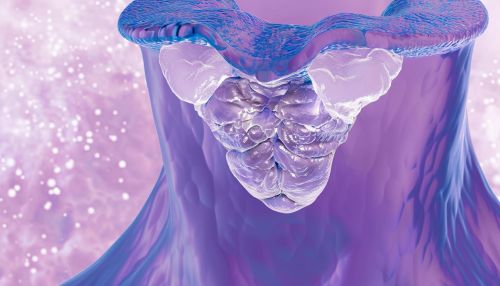Thyroid Gland
Anatomy of the Thyroid Gland
The thyroid is a butterfly-shaped organ located in the front of the neck, below the Adam's apple. It is one of the largest endocrine glands in the body, measuring approximately 2 inches (5 cm) in length and weighing between 15 and 30 grams in adults. The thyroid gland is composed of two lobes, the right and left lobes, which are connected by a narrow band of tissue called the isthmus.


Function of the Thyroid Gland
The primary function of the thyroid gland is to produce, store, and release two key hormones: thyroxine and triiodothyronine. These hormones regulate the body's metabolic rate, influencing how fast or slow the body's cells work. They also play a crucial role in growth and development, particularly during infancy and childhood.
Thyroid Hormone Production and Regulation
The production and release of thyroid hormones are regulated by a complex feedback loop involving the hypothalamus and the pituitary gland. The hypothalamus releases thyrotropin-releasing hormone (TRH), which signals the pituitary gland to produce thyroid-stimulating hormone (TSH). TSH then stimulates the thyroid gland to produce and release T3 and T4. When the levels of these hormones in the bloodstream are sufficient, the hypothalamus and pituitary gland reduce the production of TRH and TSH, respectively, thus maintaining a balance.
Disorders of the Thyroid Gland
There are several types of disorders that can affect the thyroid gland, including hypothyroidism, hyperthyroidism, thyroiditis, goiter, and thyroid cancer. These disorders can result from a variety of causes, such as autoimmune diseases, iodine deficiency, genetic mutations, infections, and exposure to radiation.
Diagnosis and Treatment of Thyroid Disorders
Diagnosis of thyroid disorders typically involves a combination of physical examination, blood tests to measure levels of thyroid hormones and TSH, and imaging tests such as ultrasound or radioiodine scan. Treatment options vary depending on the type and severity of the disorder, and may include medication, radioactive iodine therapy, surgery, or a combination of these.
